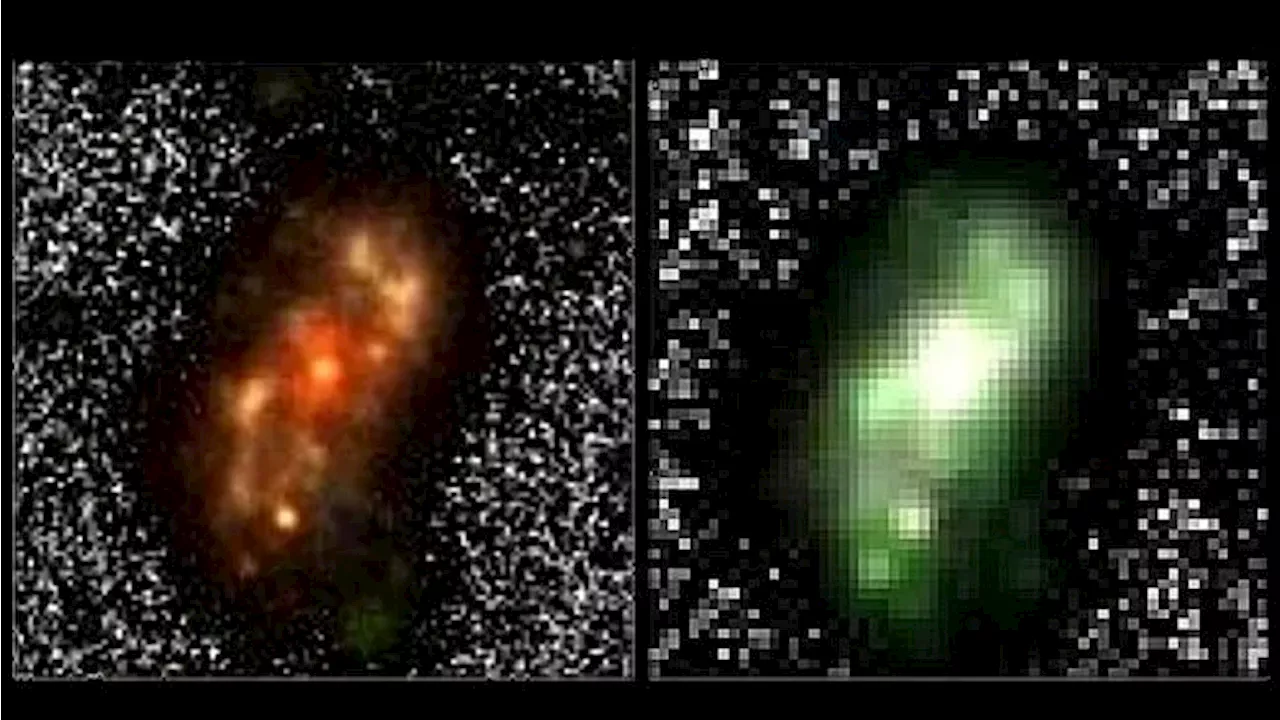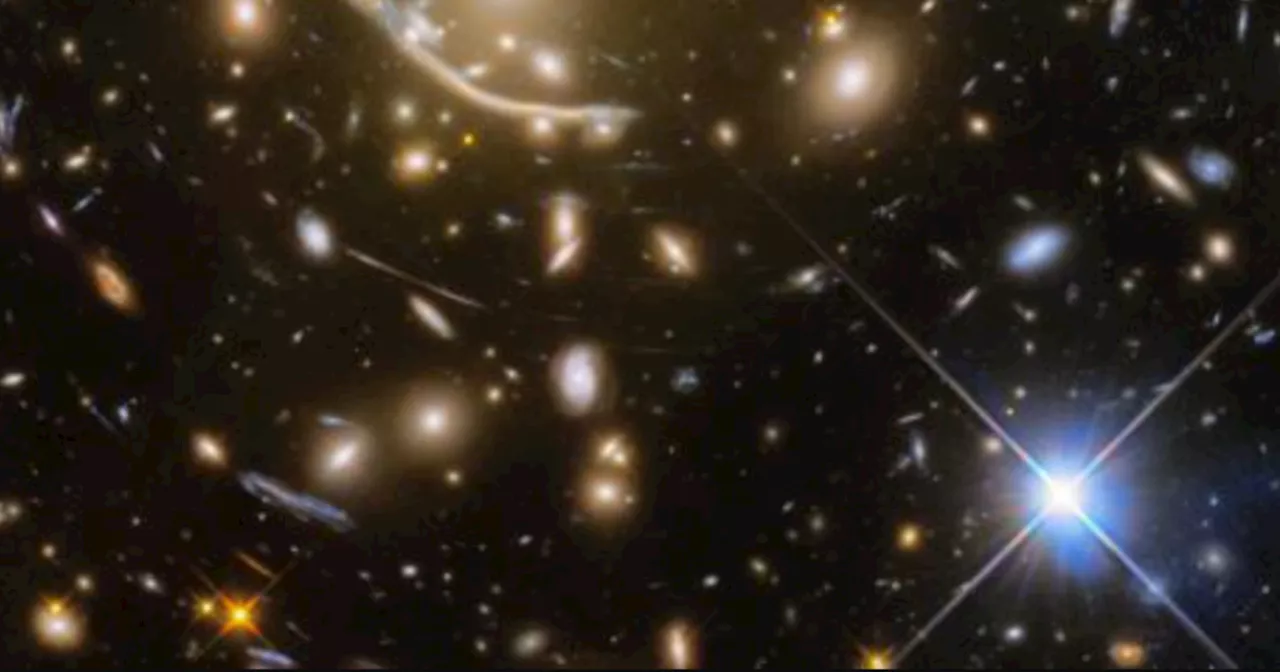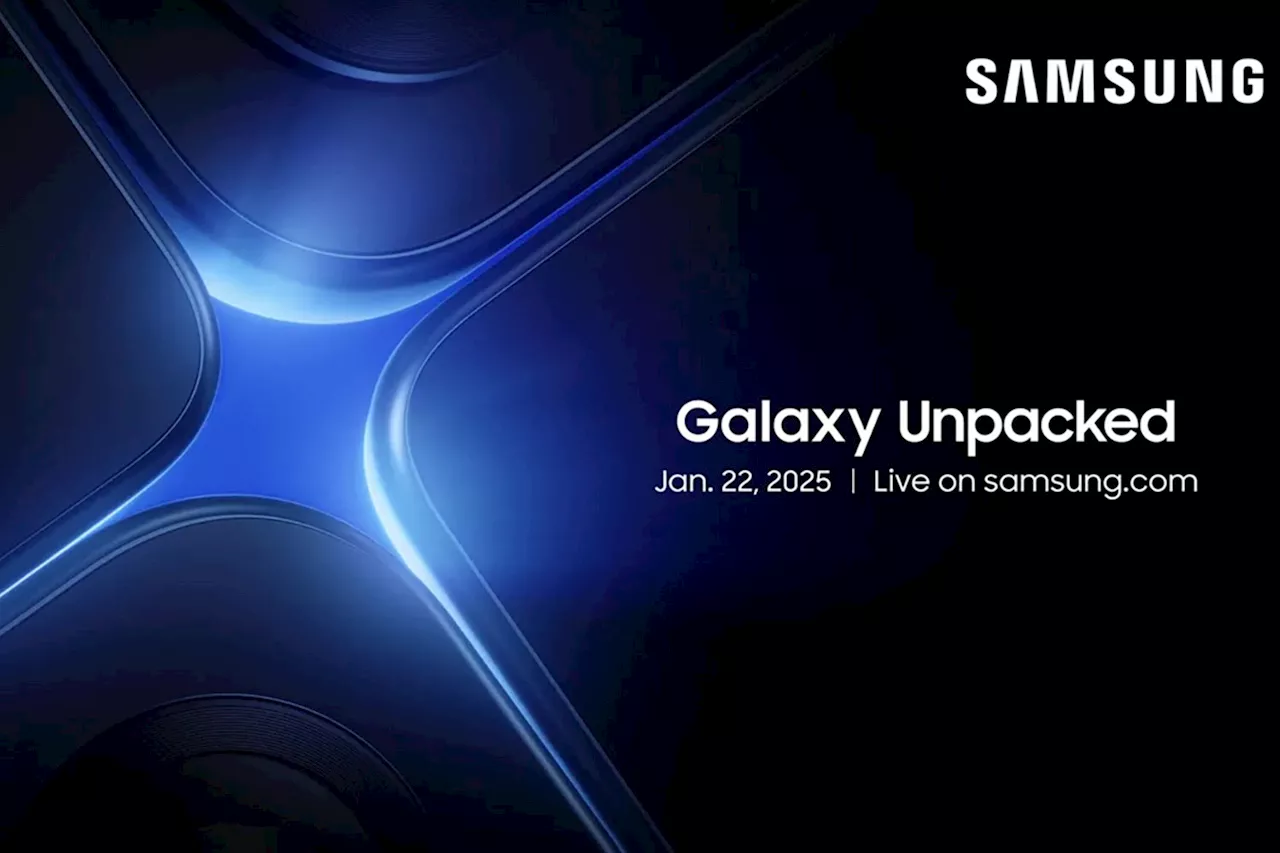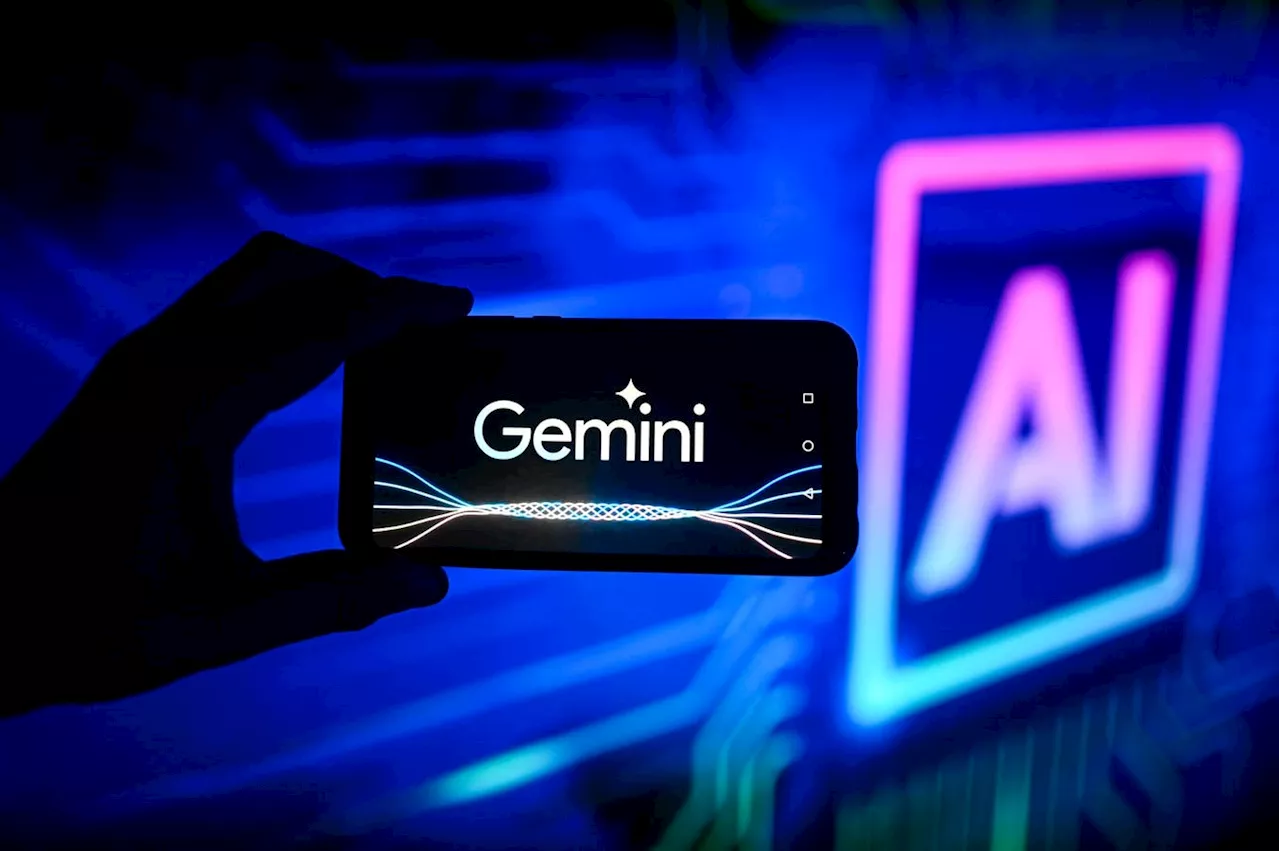A new fast radio burst (FRB) has been traced to the outskirts of an 11.3-billion-year-old galaxy, challenging the prevailing theory that these events originate solely from regions of active star formation. This discovery suggests that the origins of FRBs might be more diverse than previously thought.
Astronomers previously believed that all fast radio bursts ( FRB s) originated from magnetars formed during the explosions of young, massive stars. However, a new FRB has been pinpointed to the outskirts of an 11.3-billion-year-old galaxy lacking young, active stars, challenging these assumptions.
This groundbreaking discovery, detailed in two studies led by Northwestern University and McGill University, reveals that FRBs might not solely originate from regions of active star formation, as previously thought. 'The prevailing theory is that FRBs come from magnetars formed through core-collapse supernovae,' explained Tarraneh Eftekhari, a lead researcher from Northwestern University. 'That doesn't seem to be the case here. While young, massive stars eventually end their lives as core-collapse supernovae, we don't see any evidence of young stars in this galaxy. Thanks to this new discovery, a clearer picture is emerging, suggesting that not all FRBs originate from young stars. Perhaps there's a subpopulation of FRBs associated with older systems.'Eftekhari and her collaborators used telescopes at the W.M. Keck and Gemini observatories to investigate the environment surrounding the FRB. Instead of finding a young galaxy, they were surprised to discover that the FRB originated at the edge of an ancient, massive elliptical galaxy located just 2 billion lightyears away from Earth. This galaxy, revealed to be 100 billion times the mass of our sun, is considered one of the most massive FRB host galaxies to date. Notably, the FRB, dubbed FRB 20240209A, was detected on the outskirts of this galaxy, 130,000 lightyears from its center, where few stars exist. 'Among the FRB population, this FRB is located the furthest from the center of its host galaxy,' said Vishwangi Shah, a graduate student at McGill who led the effort to pinpoint the FRB's origins. 'This is both surprising and exciting, as FRBs are typically expected to originate inside galaxies, often in star-forming regions. The location of this FRB so far outside its host galaxy raises questions about how such energetic events can occur in regions lacking new star formation.
FAST RADIO BURSTS FRB GALAXIES ASTRONOMY STAR FORMATION
United States Latest News, United States Headlines
Similar News:You can also read news stories similar to this one that we have collected from other news sources.
 Ancient Spiral Galaxy Discovered by JWST Challenges Understanding of Galaxy FormationThe James Webb Space Telescope (JWST) has discovered a remarkably old grand-design spiral galaxy, A2744-GDSp-z4, that formed just 1.5 billion years after the Big Bang. This discovery challenges current theories about galaxy formation as grand-design galaxies are typically found much younger.
Ancient Spiral Galaxy Discovered by JWST Challenges Understanding of Galaxy FormationThe James Webb Space Telescope (JWST) has discovered a remarkably old grand-design spiral galaxy, A2744-GDSp-z4, that formed just 1.5 billion years after the Big Bang. This discovery challenges current theories about galaxy formation as grand-design galaxies are typically found much younger.
Read more »
 Webb Telescope Uncovers Dozens of Ancient Stars in Distant GalaxyNASA's James Webb Space Telescope has used gravitational lensing to observe 44 ancient stars in the Dragon Arc, a part of the Abell 370 galaxy cluster. This discovery marks the first time researchers have been able to study such a large number of individual stars in a distant galaxy.
Webb Telescope Uncovers Dozens of Ancient Stars in Distant GalaxyNASA's James Webb Space Telescope has used gravitational lensing to observe 44 ancient stars in the Dragon Arc, a part of the Abell 370 galaxy cluster. This discovery marks the first time researchers have been able to study such a large number of individual stars in a distant galaxy.
Read more »
 Record-Breaking Ancient Spinning Galaxy Challenges Cosmic Evolution TheoriesA newly released image of the ancient spiral galaxy UGC 10043, captured by the Hubble Space Telescope, reveals intriguing details about its structure and history, challenging existing theories about galaxy evolution.
Record-Breaking Ancient Spinning Galaxy Challenges Cosmic Evolution TheoriesA newly released image of the ancient spiral galaxy UGC 10043, captured by the Hubble Space Telescope, reveals intriguing details about its structure and history, challenging existing theories about galaxy evolution.
Read more »
 Samsung Makes A New $350 Offer To Galaxy S24 Ultra BuyersSamsung is clearing out Galaxy S24 stock ahead of the Galaxy S25 release.
Samsung Makes A New $350 Offer To Galaxy S24 Ultra BuyersSamsung is clearing out Galaxy S24 stock ahead of the Galaxy S25 release.
Read more »
 Galaxy S25 Unveiling: Pre-Order Deals and Galaxy AI EnhancementsSamsung is gearing up to launch the Galaxy S25 at its Unpacked event on January 22nd. Early bird pre-orders offer attractive incentives like up to $900 in trade-in credits and an additional $300 instant credit. The event is also expected to showcase advancements in Galaxy AI, building on the success of its previous iterations.
Galaxy S25 Unveiling: Pre-Order Deals and Galaxy AI EnhancementsSamsung is gearing up to launch the Galaxy S25 at its Unpacked event on January 22nd. Early bird pre-orders offer attractive incentives like up to $900 in trade-in credits and an additional $300 instant credit. The event is also expected to showcase advancements in Galaxy AI, building on the success of its previous iterations.
Read more »
 Android Circuit: Galaxy S25 Details, Galaxy AI for All, and MoreThis week's Android Circuit covers the latest news, including details about the upcoming Galaxy S25 Ultra, the integration of Galaxy AI, Lineage 22's new tempo, Xiaomi's plans for the Poco brand, the HMD Fusion review, and WhatsApp's decision to drop support for older Android devices.
Android Circuit: Galaxy S25 Details, Galaxy AI for All, and MoreThis week's Android Circuit covers the latest news, including details about the upcoming Galaxy S25 Ultra, the integration of Galaxy AI, Lineage 22's new tempo, Xiaomi's plans for the Poco brand, the HMD Fusion review, and WhatsApp's decision to drop support for older Android devices.
Read more »
